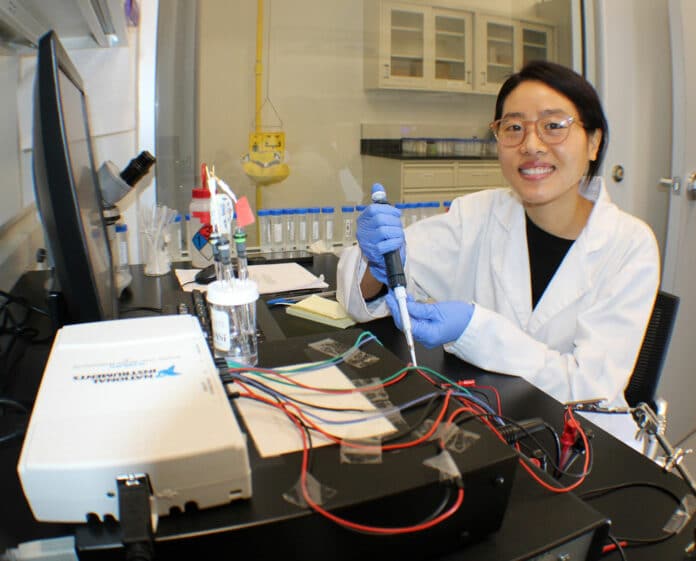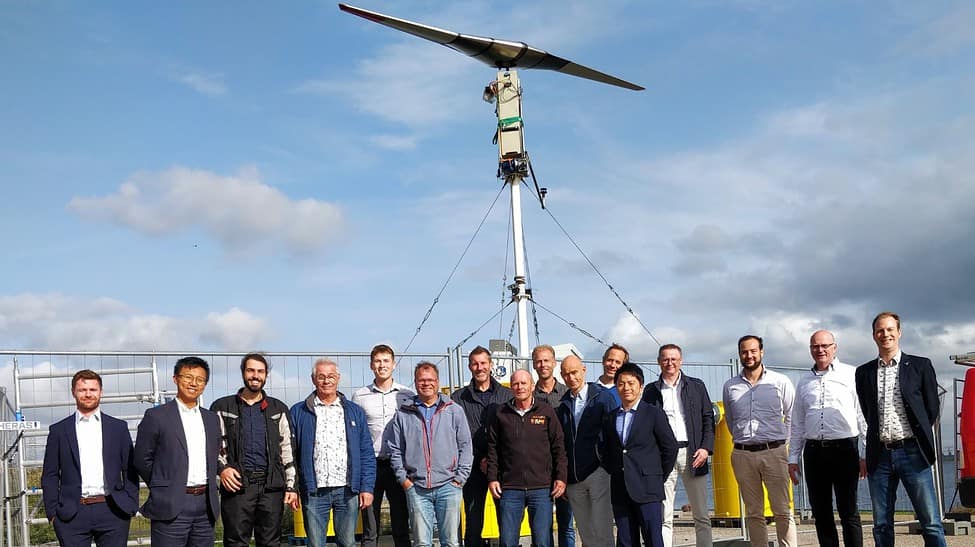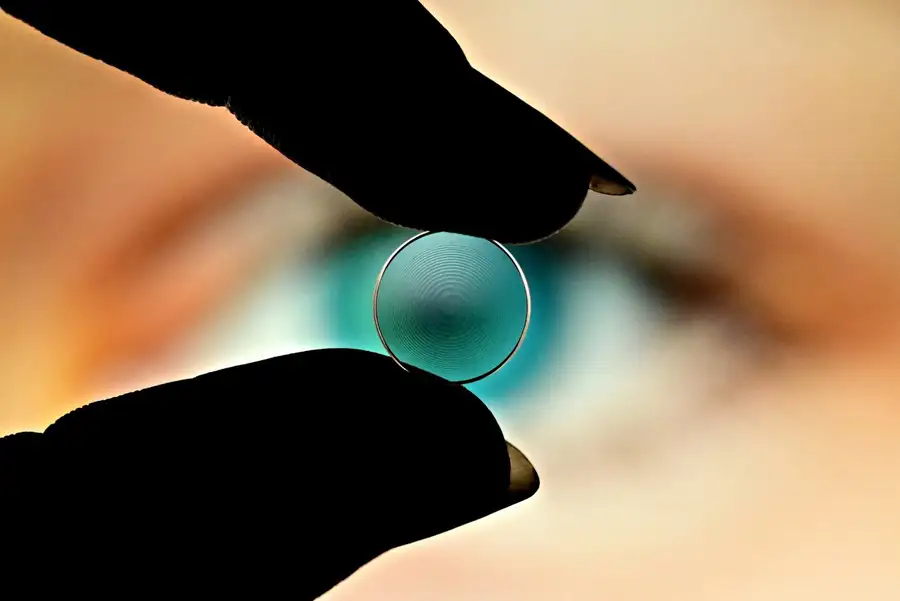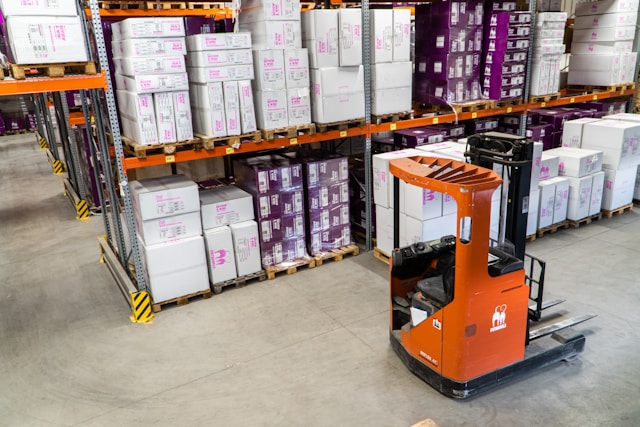When you walk into a supermarket and pick up an item, you buy it considering a little date on the package. This date is usually preceded by use by or enjoy by, or any other similar phrase.
But did you know there is no national standard to determine those dates?
So, we can’t rely on these dates!
According to the Food and Agriculture Organization of the United Nations, annually about 1.3 billion metric tons of food produced worldwide go uneaten. Food wastage not only leads to loss for food manufacturers, but is also bad for the environment.
Now a new miniature pH sensor developed by a graduate student at Southern Methodist University (SMU) in Texas can tell when food has spoiled in real-time.
Device developed for Reducing food wastage
The device is developed by Khengdauliu Chawang, an Engineering graduate student, who is originally from Nagaland in India. It is a remote region in India where the population relies heavily on crops.
“Food waste in Nagaland means undernourished children and extra fieldwork for the elderly to compensate for the loss,” Chawang said. “The need to prevent food waste motivated me to think of a device that is not expensive or labor-intensive to develop, is disposable, and can detect freshness levels.”
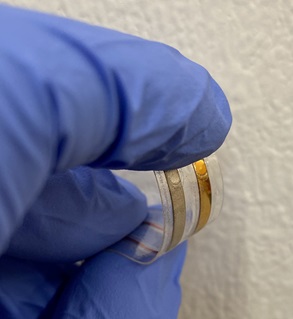
Image by SMU
Flexible pH sensor
The sensor is just 2 millimeters in length and 10 millimeters wide. As it is very small, it can easily be incorporated into current food packaging methods, such as plastic wrapping.
Chawang added, “The pH sensors we developed work like a small wireless radio-frequency identification device—similar to what you find inside your luggage tag after it has been checked at airports or inside your SMU IDs,”

